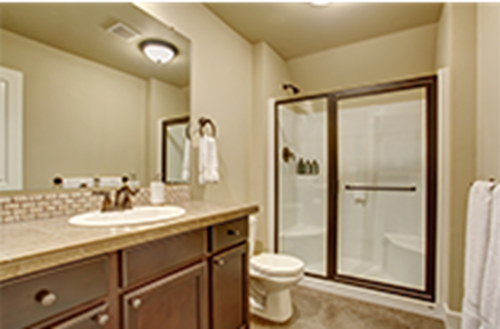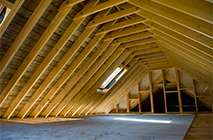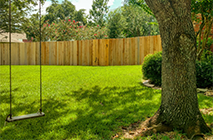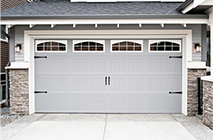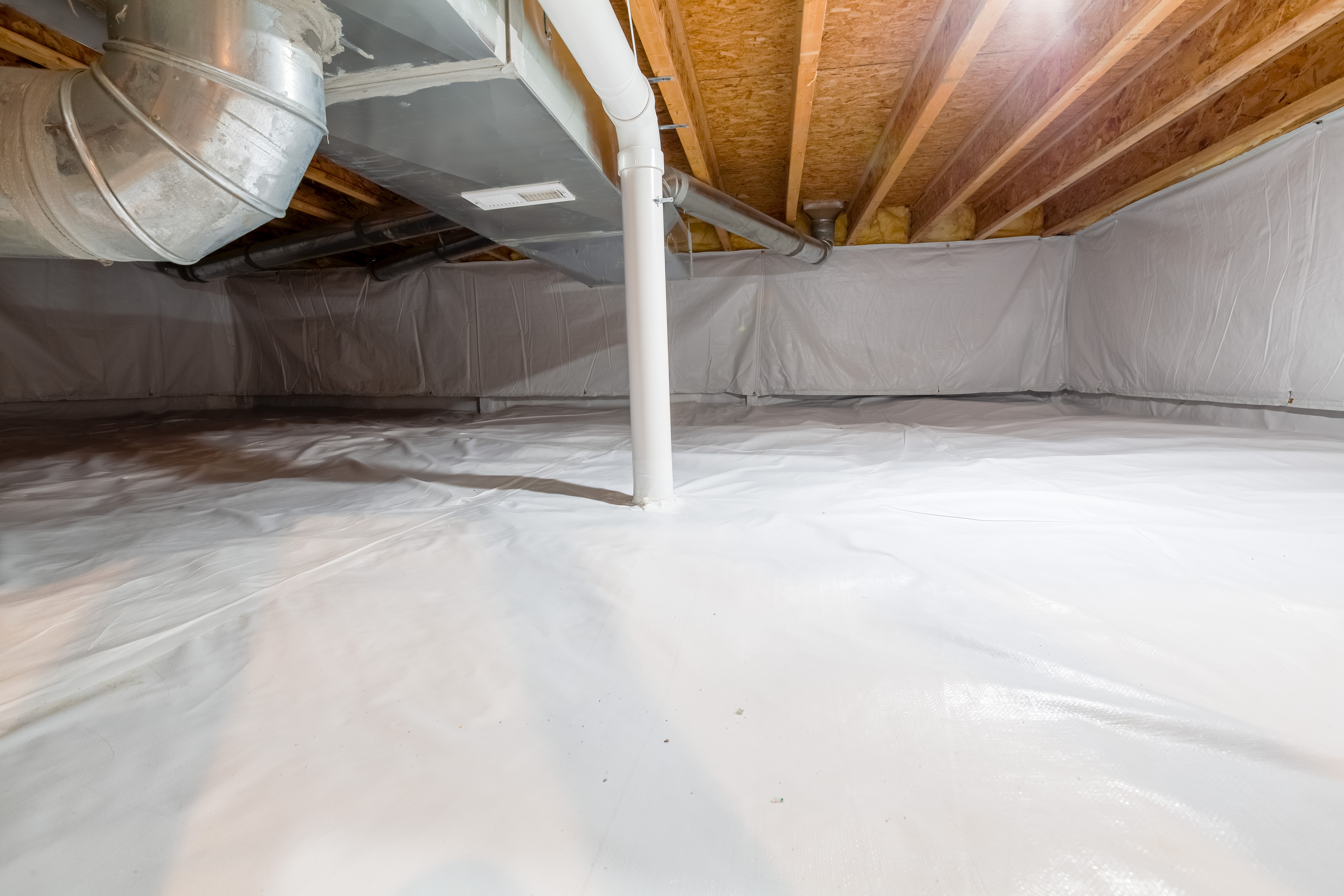
Bugs and Mice in Crawl Space
Crawl spaces are the perfect place to store items that you don’t need to access often. However, these spaces also make the perfect home for pests seeking a secluded, dark and often damp area to nest and breed. Cardboard boxes, excess moisture and the lack of human activity in crawl spaces allow for pest populations to thrive. Keep reading to learn more about how to get rid of mice or bugs inyour crawl space.
These pesky invaders include House Mice, Brown Recluse Spiders, Long-bodied Cellar Spiders, and Camel Crickets.
Crawl Space Pest Identification
House Mice

House mice often invade crawl spaces as they prefer to live in dark, secluded areas. Cardboard boxes, clothing and other packing materials stored in crawl spaces make for ideal nesting materials and breeding grounds for mice.
Brown Recluse Spiders

Inside the home, brown recluse spiders are most often found in undisturbed areas, making crawl spaces extremely enticing. Storage areas such as crawl spaces and basements are the preferred nesting areas of brown recluse spiders, which are known to infiltrate boxes and seldom-used clothing and shoes. Please note that brown recluse spiders are very poisonous, though typically only bite if provoked.
Long-bodied Cellar Spiders
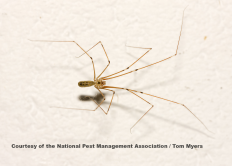
Cellar spiders construct loose, irregular webs in areas with higher relative humidity and moisture, such as homes. Within these structures, cellar spider webs are usually found in dark and damp places like crawl spaces.
Camel Crickets
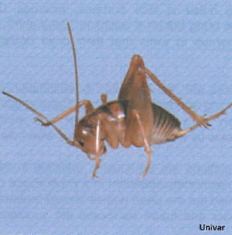
Camel crickets, also commonly known as cave crickets or spider crickets, are attracted to cool, moist environments and will often invade crawl spaces when it becomes hot and dry outside. Camel crickets do not pose any health threats to humans, as they lack fangs or the ability to bite, but have been known to damage clothing and other fabrics like curtains.
MORE FROM THE NATIONAL PEST MANAGEMENT ASSOCIATION
What are the Signs of Bugs, Mice, or Other Pests in a Crawl Space?
While crawl spaces are not an area of the home that are frequently visited, it’s important to ensure they are regularly checked for signs of a pest infestation.
House Mice
- Gnaw marks: Gnaw marks may be either rough or smooth.
- Droppings: House mouse droppings may be either soft and moist or dry and hard. The droppings measure about 1/8-1/4 inch long. They are rod-shaped and pointed on the ends.
- Tracks: House mice leave 4-toed prints with their front feet and 5-toed prints with their hind feet.
- Rub marks: House mice often leave oily rub marks on walls along which they travel.
- Burrows: House mice burrow using nesting materials such as insulation.
- Runways: House mice usually use the same pathways. Active runways are sometimes visible with rub marks, droppings and footprints along them.
- Odor: The odor of house mouse urine may become distinct if there is a large number of house mice in a particular area. House mice use their strong-smelling urine to communicate with one another.
- Damaged goods: Mice prefer seeds or cereals. They will chew through boxes and packaging to access food.
- Actual rodent: If you see a mouse scurrying across the kitchen floor, there is likely a family of mice hiding out of sight
Spiders
- Signs of a spider infestation mainly include spotting one or noticing webs in and around the home or crawl space.
Camel Crickets
- As with spiders, there aren’t many signs of a camel cricket infestation; rather, it’s if you spot several in your home or crawl space.
Where Do Crawl Space Pests Come From?
Pests often enter homes in search of food and shelter and will make their way into crawl spaces because they offer seclusion, cooler temperatures, moisture and ample nesting materials. If your crawl space and the items stored inside are not properly sealed, pests can find their way inside. House mice are attracted to packing materials and clutter often found inside crawl spaces, which they use to create nests for breeding. Spiders and camel crickets are attracted to cool, moist climates often found inside crawl spaces.

How to Prevent Mice and Bugs in a Crawl Space
- Ensure items stored inside your crawl space are kept in sealed plastic containers.
- Regularly inspect your crawl space for signs of a pest infestation.
- Properly seal the entry to your crawl space to prevent pests from getting inside.
- To keep pests out, make sure all holes larger than a dime and gaps wider than a pencil are sealed with silicone-based caulk, steel wool or other construction material.
Find a Pest Control Professional for Crawl Space Pests
If you suspect or discover a pest infestation, or would like to learn more about preventing insects and rodents in a crawl space, it is important to call a licensed pest control professional who can inspect the area and recommend the best course of treatment.






